Top 10 video game sequels of all time – Destructoid
One advantage video game sequels tend to have over movie sequels is the ease with which you can outdo the original.
Movie sequels tend to fall for the trap of just repeating the once-fresh beats of the original or bloating the whole thing via unnecessary fluff — like the part of this phrase you’re reading right now. Good video game sequels only need to refine what was good about the original and perhaps add a few more details. This isn’t about merely good sequels.
This is about the best of the best, sequels that boldly risk it all to make revolutionary changes that result in undeniable classics.
10. Uncharted 2
Even though it got good reviews upon release, the original Uncharted didn’t strike most as a masterpiece. It did strike me, though. Yes, I, a Tomb Raider fan, get that Uncharted is not very original. It also uses tons of unnecessary firefights to bloat levels that should’ve been about straight-up bewildered exploration. I don’t care. I even liked the weird grenade boat segments. Still, Uncharted 2 completely blows it out of the water — like a grenade launched from a boat would.
You can easily see that Naughty Dog gathered and read every single piece of feedback just like a good treasure hunter would. The studio wrote a better story, created even prettier environments, and made exploration a bigger part of the process. Yeah, it kept the absurd amount of firefights — and it even added a surprisingly good online mode — though the new enemies make them much more fun than before.
Uncharted 2 is the game that put the Uncharted series on the map as a regular contender for Game of the Year awards, and anyone who plays it will easily understand why.
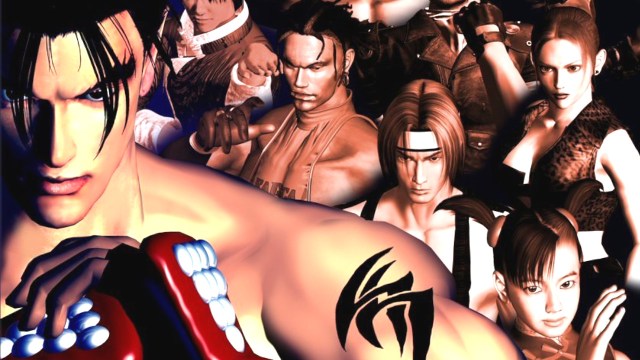
9. Tekken 3
Let’s not mince words here: Tekken 3 feels dated nowadays — even if you’re just a casual player — but this was the game responsible for the winning formula the series has been following to this day.
I’m sure that anyone who tries out Tekken 2 and follows it up with 3 will get hit by all the G forces of a mighty generational jump. Tekken 3 is when the series became fully 3D, instead of merely looking 3D, and that somehow didn’t come at the cost of performance, as it both looks and runs better than 2. That’s absolutely wild because those two games only have one and a half years between them — and both came out on the PS1.
Not a Tekken fan? Then please imagine this entry is about Street Fighter II. That’s not my favorite fighting game series, but I too cannot deny how much of a leap that was from the original Street Fighter.
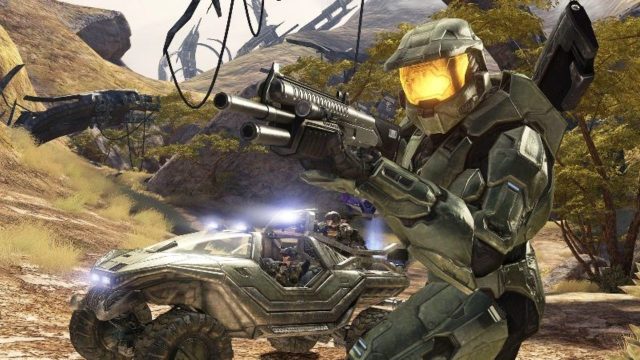
8. Halo 3
Halo 3 isn’t a comeback from a flop, or the moment when the series reached masterpiece status. Both Halo: Combat Evolved and Halo 2 were already that, but each had its limitations.
The original Halo ran at a lower framerate than 2, and it also didn’t have the Xbox Live capabilities that would make millions fall in love with the series. Halo 2 was a technically superior game, but its campaign suffered from cuts caused by the need to get the game out of the gate as quickly as possible.
Halo 3 has a better campaign than the first game, has even better online than Halo 2, and looks much better than both, courtesy of the generational leap made courtesy of the Xbox 360.
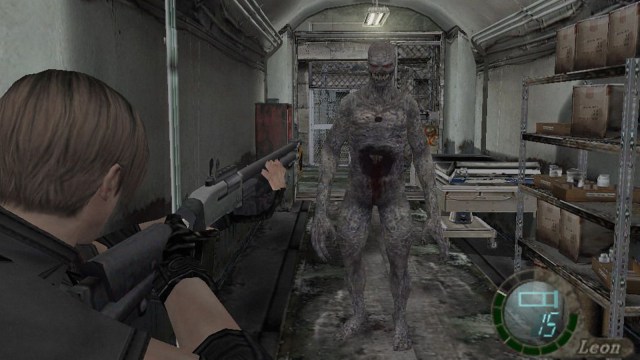
7. Resident Evil 4
An unexpected testament to the quality of the RE series is the amount of time (that I won’t reveal) I spent choosing whether to put RE 4 or RE 2 here. Despite two very complicated development cycles, both games turned out absolutely stellar sequels that millions still play, whether in their original versions, remasters, or remakes.
I’m picking Resident Evil 4 because it doesn’t simply improve upon the previous game in the series. It took the RE series and most other action games that came after in a completely new and better direction.
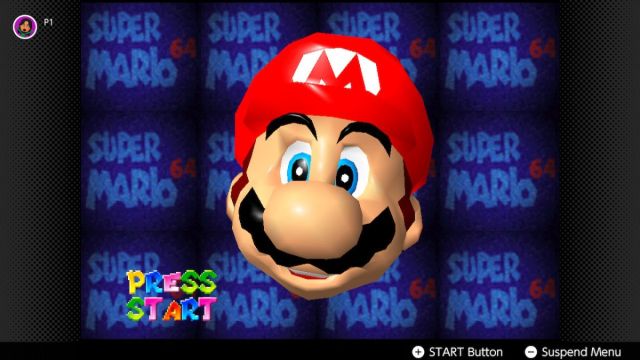
6. Super Mario 64
While the Super Mario series is rife with spectacular sequels — pretty much every single one that doesn’t have Sunshine in the title — I don’t think there’s any competition to be had here.
Although Super Mario World is one of my favorite childhood games, Super Mario 64‘s addition of a third dimension to the gameplay condemned every 2D Super Mario to never reach beyond two-thirds of 64’s prowess. Even saying it’s better just because of the 3D visuals is a gross understatement. Super Mario 64 might look old nowadays, but it still feels fresh, courtesy of how Nintendo prioritized making a game that played great in 3D over one that looked great in 3d.
People getting into Super Mario 64 nowadays won’t be blown away by its graphics, but they’ll have as much fun playing it as I did when I first tried it in the past century. That’s not something you can say about most games
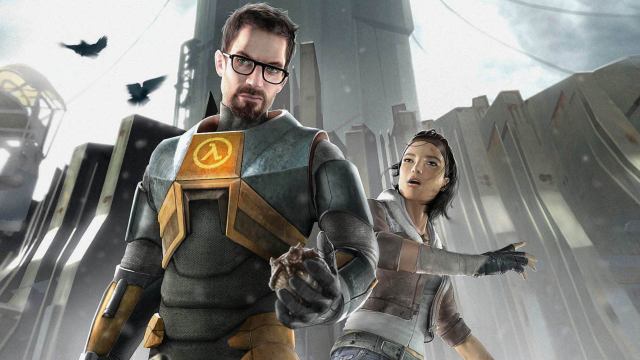
5. Half-Life 2
The original Half-Life is a masterpiece that many still play, whether in its original version or the spectacular Black Mesa remake. Half-Life 2 could’ve simply cloned the lightning that Valve had captured in their bottle using their wacky Aperture Science tech, but it went in a completely new direction.
Upon release, Half-Life 2 looked and played like nothing else. An FPS where you could spend most of the time manipulating revolutionary physics instead of just shooting stuff up? Even nowadays you’ll find few games courageous enough to try and rip it off. Half-Life 2 completely redefined what you could do in an FPS.
The streets of City 17 in Half-Life 2 make you want to be there, quite an achievement for a game depicting a place overtaken by an oppressive alien force.
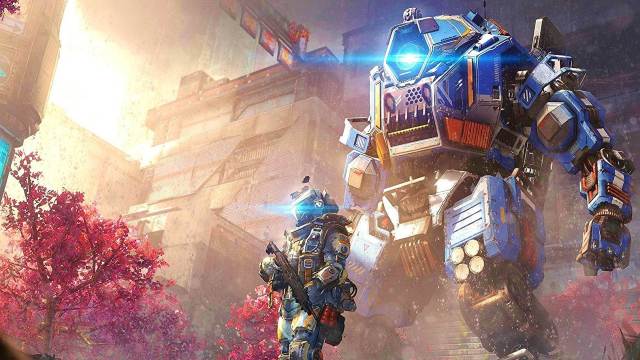
4. Titanfall 2
Titanfall 2 would be a great sequel for its improvements over the original’s multiplayer alone, but the game didn’t even need those to feature on this list.
What truly makes Titanfall 2 stand out is the addition of a single-player campaign that’s low-key one of the greatest to grace the FPS genre. It’s relatively short, but there’s not one boring moment, nor one mission that doesn’t introduce an awesome new mechanic that you’ll sorely miss in whatever other FPS you play next.
3. Spider-Man 2
No, I didn’t accidentally post a video of the video game adaptation/tie-in of Spider-Man 2 with Tobey Maguire from ’04 when I was trying to talk about Spider-Man 2 for the PS5. That one might be the culmination of years of spider-learning, but the ’04 game remains the best sequel in the series.
Before its release, all superhero games, Spider-Man included, were played rather slowly. That sucks the immersion right out of the whole superhero thing. Everything changed with Spider-Man 2, however, as it introduced, uhh say, “realistic web physics” that made going from one side of New York City to the other much faster, and way more fun.
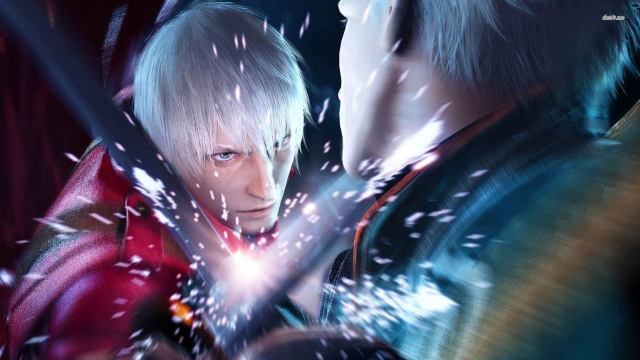
2. Devil May Cry 3
I dare you to find a sequel that improves upon its predecessor half as much as Devil May Cry 3 did. Sure, that’s mostly because Devil May Cry 2 was an absolute mess made by a team that began working on it even before the original Devil May Cry had come out, but there’s more.
Devil May Cry would be a great sequel even if Devil May Cry 2 hadn’t happened. It improves upon the original’s gameplay by refining everything that worked and by adding so many more moves, play styles, and better enemies. Also, it features some of the most hilariously over-the-top cutscenes in the history of video games, and there’s no way that’s not a plus in this series.
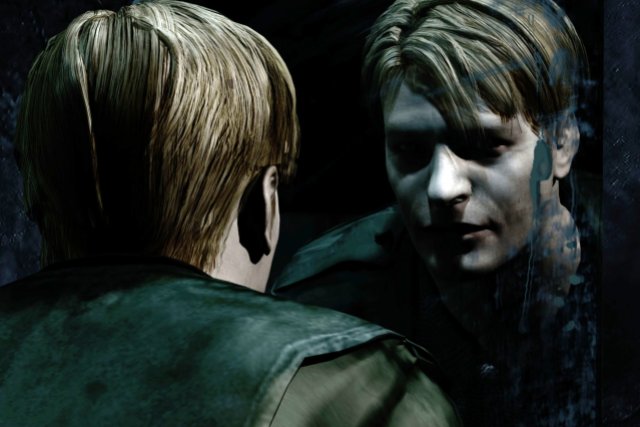
1. Silent Hill 2
The thing cementing Silent Hill 2 as the supreme sequel isn’t that it marks a huge step up from a flop or from a merely promising game. The original Silent Hill was already a masterpiece and would, in my opinion, remain the gold standard of horror games had it not been for this game. Silent Hill 2, however, is very different from a traditional sequel. It features much-improved graphics, it’s true, but its biggest accomplishment was avoiding the sequel’s usual need to go bigger, choosing instead to go inward. The result is a character study so rich and disheartening it would count as pure horror even outside of a masterful horror game.
Silent Hill 2 isn’t just the supreme video game sequel. Given the heavy inspiration it drew from Stanislaw Lem’s Solaris, one could say it’s also a masterful and original video game adaptation of a literary work, arguably an even harder achievement to pull off.
One advantage video game sequels tend to have over movie sequels is the ease with which you can outdo the original.
Movie sequels tend to fall for the trap of just repeating the once-fresh beats of the original or bloating the whole thing via unnecessary fluff — like the part of this phrase you’re reading right now. Good video game sequels only need to refine what was good about the original and perhaps add a few more details. This isn’t about merely good sequels.
This is about the best of the best, sequels that boldly risk it all to make revolutionary changes that result in undeniable classics.
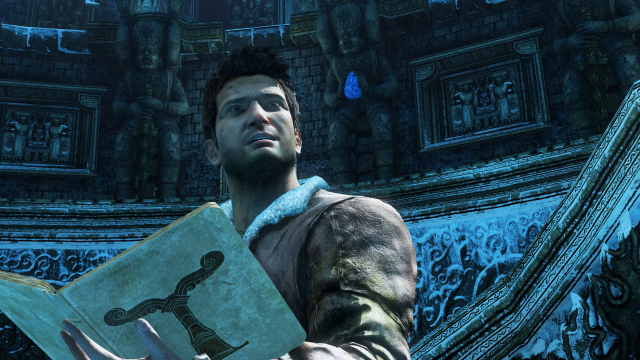
10. Uncharted 2
Even though it got good reviews upon release, the original Uncharted didn’t strike most as a masterpiece. It did strike me, though. Yes, I, a Tomb Raider fan, get that Uncharted is not very original. It also uses tons of unnecessary firefights to bloat levels that should’ve been about straight-up bewildered exploration. I don’t care. I even liked the weird grenade boat segments. Still, Uncharted 2 completely blows it out of the water — like a grenade launched from a boat would.
You can easily see that Naughty Dog gathered and read every single piece of feedback just like a good treasure hunter would. The studio wrote a better story, created even prettier environments, and made exploration a bigger part of the process. Yeah, it kept the absurd amount of firefights — and it even added a surprisingly good online mode — though the new enemies make them much more fun than before.
Uncharted 2 is the game that put the Uncharted series on the map as a regular contender for Game of the Year awards, and anyone who plays it will easily understand why.

9. Tekken 3
Let’s not mince words here: Tekken 3 feels dated nowadays — even if you’re just a casual player — but this was the game responsible for the winning formula the series has been following to this day.
I’m sure that anyone who tries out Tekken 2 and follows it up with 3 will get hit by all the G forces of a mighty generational jump. Tekken 3 is when the series became fully 3D, instead of merely looking 3D, and that somehow didn’t come at the cost of performance, as it both looks and runs better than 2. That’s absolutely wild because those two games only have one and a half years between them — and both came out on the PS1.
Not a Tekken fan? Then please imagine this entry is about Street Fighter II. That’s not my favorite fighting game series, but I too cannot deny how much of a leap that was from the original Street Fighter.

8. Halo 3
Halo 3 isn’t a comeback from a flop, or the moment when the series reached masterpiece status. Both Halo: Combat Evolved and Halo 2 were already that, but each had its limitations.
The original Halo ran at a lower framerate than 2, and it also didn’t have the Xbox Live capabilities that would make millions fall in love with the series. Halo 2 was a technically superior game, but its campaign suffered from cuts caused by the need to get the game out of the gate as quickly as possible.
Halo 3 has a better campaign than the first game, has even better online than Halo 2, and looks much better than both, courtesy of the generational leap made courtesy of the Xbox 360.

7. Resident Evil 4
An unexpected testament to the quality of the RE series is the amount of time (that I won’t reveal) I spent choosing whether to put RE 4 or RE 2 here. Despite two very complicated development cycles, both games turned out absolutely stellar sequels that millions still play, whether in their original versions, remasters, or remakes.
I’m picking Resident Evil 4 because it doesn’t simply improve upon the previous game in the series. It took the RE series and most other action games that came after in a completely new and better direction.

6. Super Mario 64
While the Super Mario series is rife with spectacular sequels — pretty much every single one that doesn’t have Sunshine in the title — I don’t think there’s any competition to be had here.
Although Super Mario World is one of my favorite childhood games, Super Mario 64‘s addition of a third dimension to the gameplay condemned every 2D Super Mario to never reach beyond two-thirds of 64’s prowess. Even saying it’s better just because of the 3D visuals is a gross understatement. Super Mario 64 might look old nowadays, but it still feels fresh, courtesy of how Nintendo prioritized making a game that played great in 3D over one that looked great in 3d.
People getting into Super Mario 64 nowadays won’t be blown away by its graphics, but they’ll have as much fun playing it as I did when I first tried it in the past century. That’s not something you can say about most games

5. Half-Life 2
The original Half-Life is a masterpiece that many still play, whether in its original version or the spectacular Black Mesa remake. Half-Life 2 could’ve simply cloned the lightning that Valve had captured in their bottle using their wacky Aperture Science tech, but it went in a completely new direction.
Upon release, Half-Life 2 looked and played like nothing else. An FPS where you could spend most of the time manipulating revolutionary physics instead of just shooting stuff up? Even nowadays you’ll find few games courageous enough to try and rip it off. Half-Life 2 completely redefined what you could do in an FPS.
The streets of City 17 in Half-Life 2 make you want to be there, quite an achievement for a game depicting a place overtaken by an oppressive alien force.

4. Titanfall 2
Titanfall 2 would be a great sequel for its improvements over the original’s multiplayer alone, but the game didn’t even need those to feature on this list.
What truly makes Titanfall 2 stand out is the addition of a single-player campaign that’s low-key one of the greatest to grace the FPS genre. It’s relatively short, but there’s not one boring moment, nor one mission that doesn’t introduce an awesome new mechanic that you’ll sorely miss in whatever other FPS you play next.
3. Spider-Man 2
No, I didn’t accidentally post a video of the video game adaptation/tie-in of Spider-Man 2 with Tobey Maguire from ’04 when I was trying to talk about Spider-Man 2 for the PS5. That one might be the culmination of years of spider-learning, but the ’04 game remains the best sequel in the series.
Before its release, all superhero games, Spider-Man included, were played rather slowly. That sucks the immersion right out of the whole superhero thing. Everything changed with Spider-Man 2, however, as it introduced, uhh say, “realistic web physics” that made going from one side of New York City to the other much faster, and way more fun.

2. Devil May Cry 3
I dare you to find a sequel that improves upon its predecessor half as much as Devil May Cry 3 did. Sure, that’s mostly because Devil May Cry 2 was an absolute mess made by a team that began working on it even before the original Devil May Cry had come out, but there’s more.
Devil May Cry would be a great sequel even if Devil May Cry 2 hadn’t happened. It improves upon the original’s gameplay by refining everything that worked and by adding so many more moves, play styles, and better enemies. Also, it features some of the most hilariously over-the-top cutscenes in the history of video games, and there’s no way that’s not a plus in this series.

1. Silent Hill 2
The thing cementing Silent Hill 2 as the supreme sequel isn’t that it marks a huge step up from a flop or from a merely promising game. The original Silent Hill was already a masterpiece and would, in my opinion, remain the gold standard of horror games had it not been for this game. Silent Hill 2, however, is very different from a traditional sequel. It features much-improved graphics, it’s true, but its biggest accomplishment was avoiding the sequel’s usual need to go bigger, choosing instead to go inward. The result is a character study so rich and disheartening it would count as pure horror even outside of a masterful horror game.
Silent Hill 2 isn’t just the supreme video game sequel. Given the heavy inspiration it drew from Stanislaw Lem’s Solaris, one could say it’s also a masterful and original video game adaptation of a literary work, arguably an even harder achievement to pull off.
